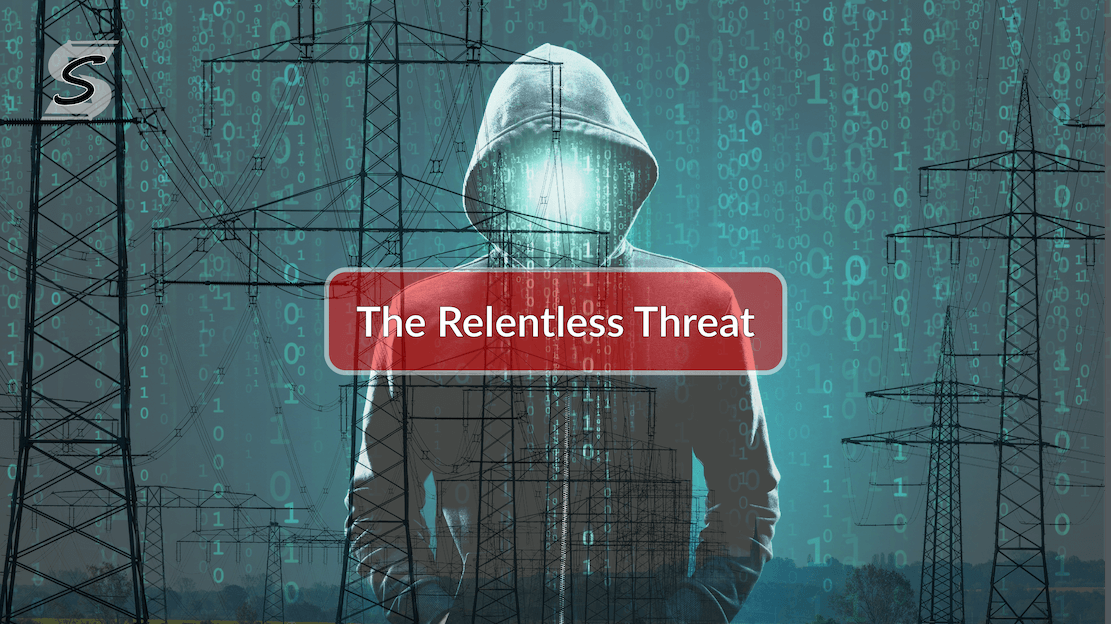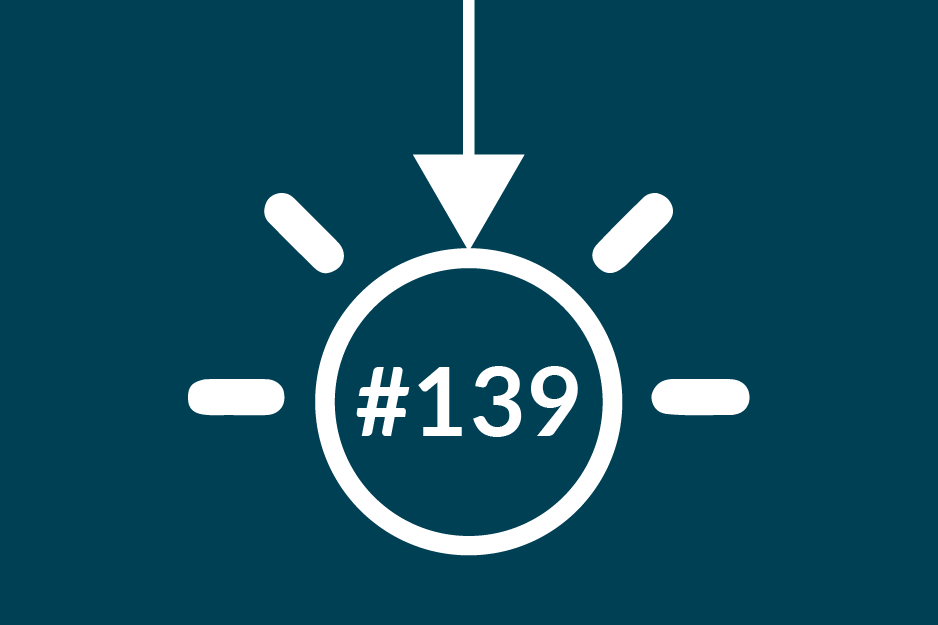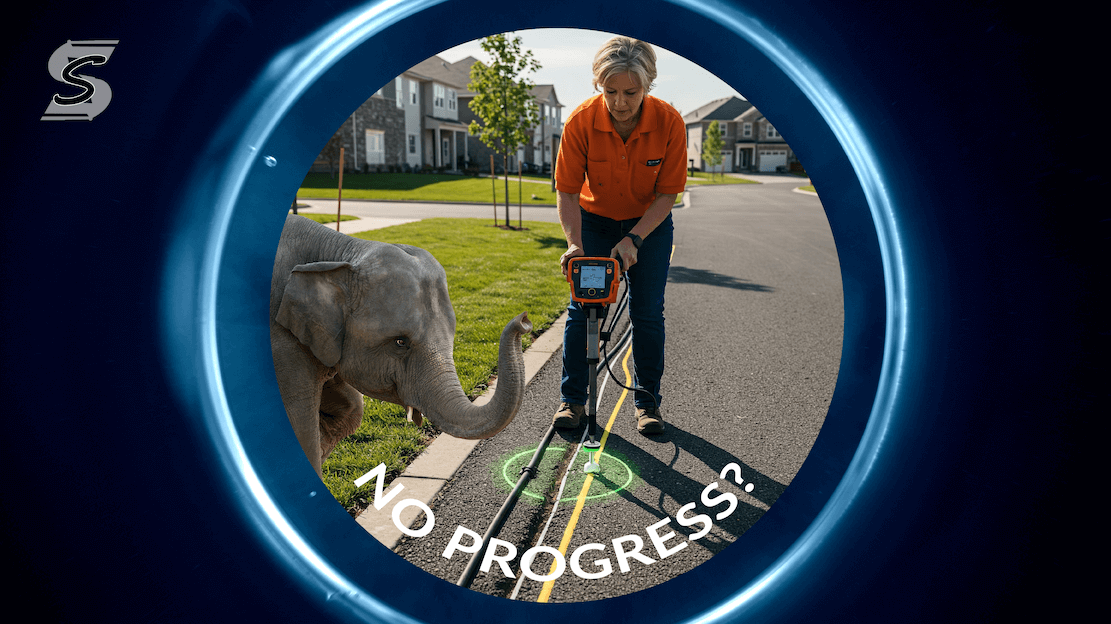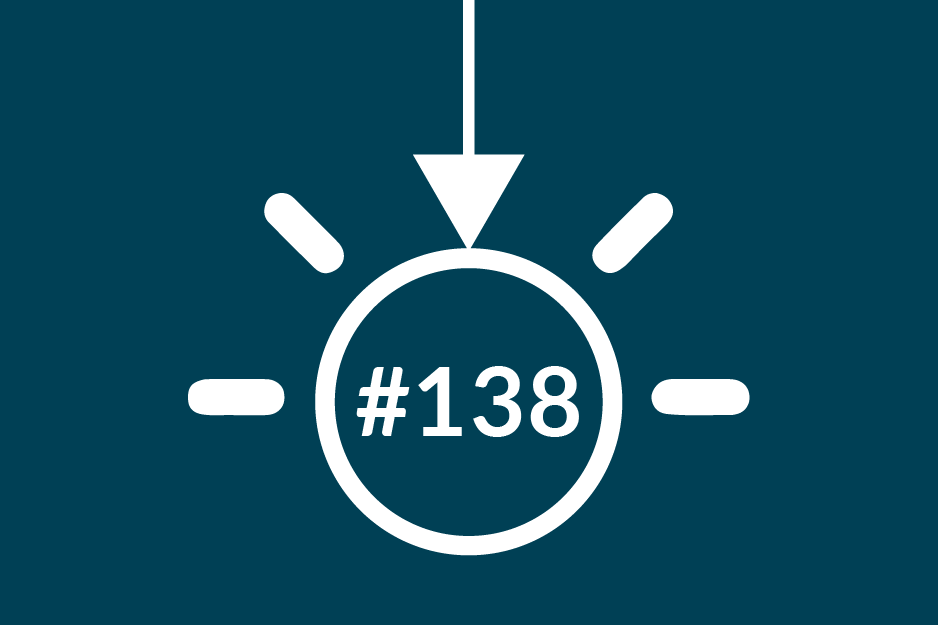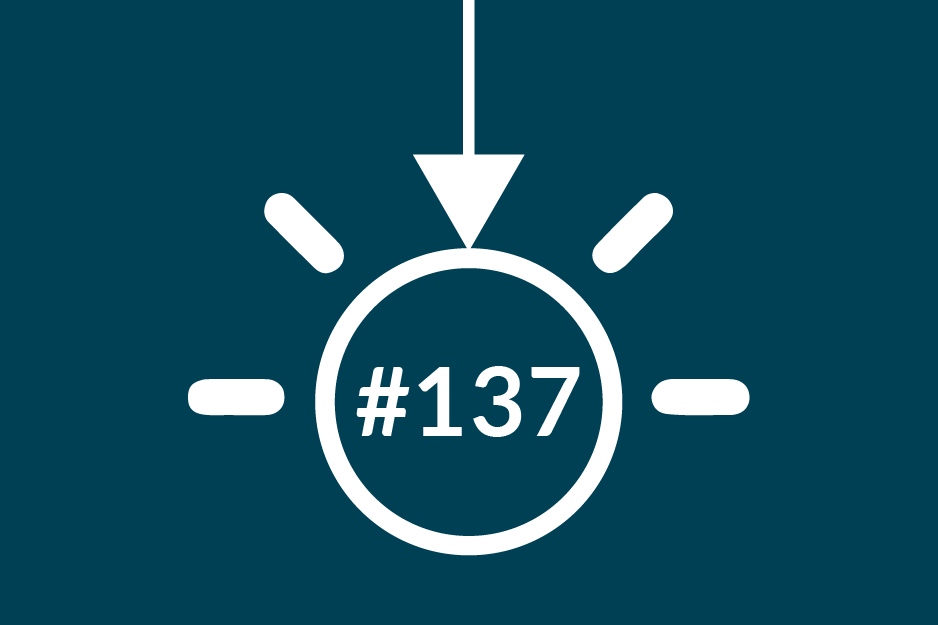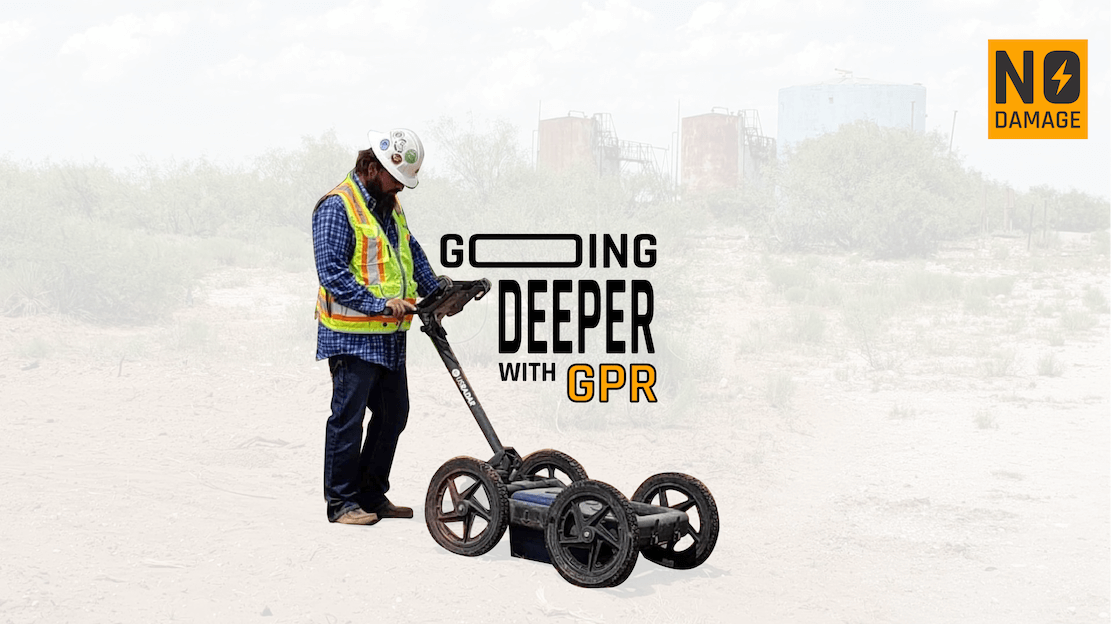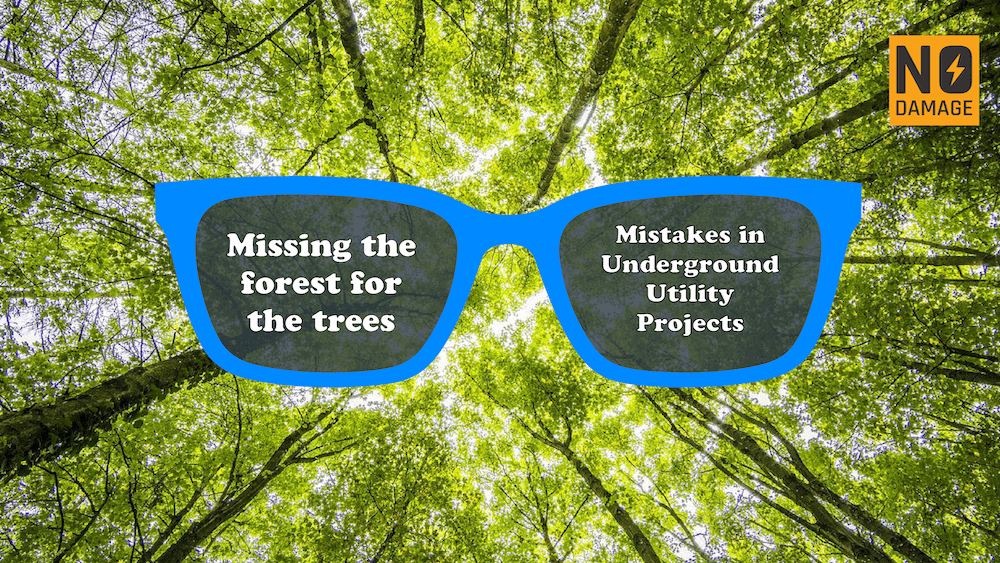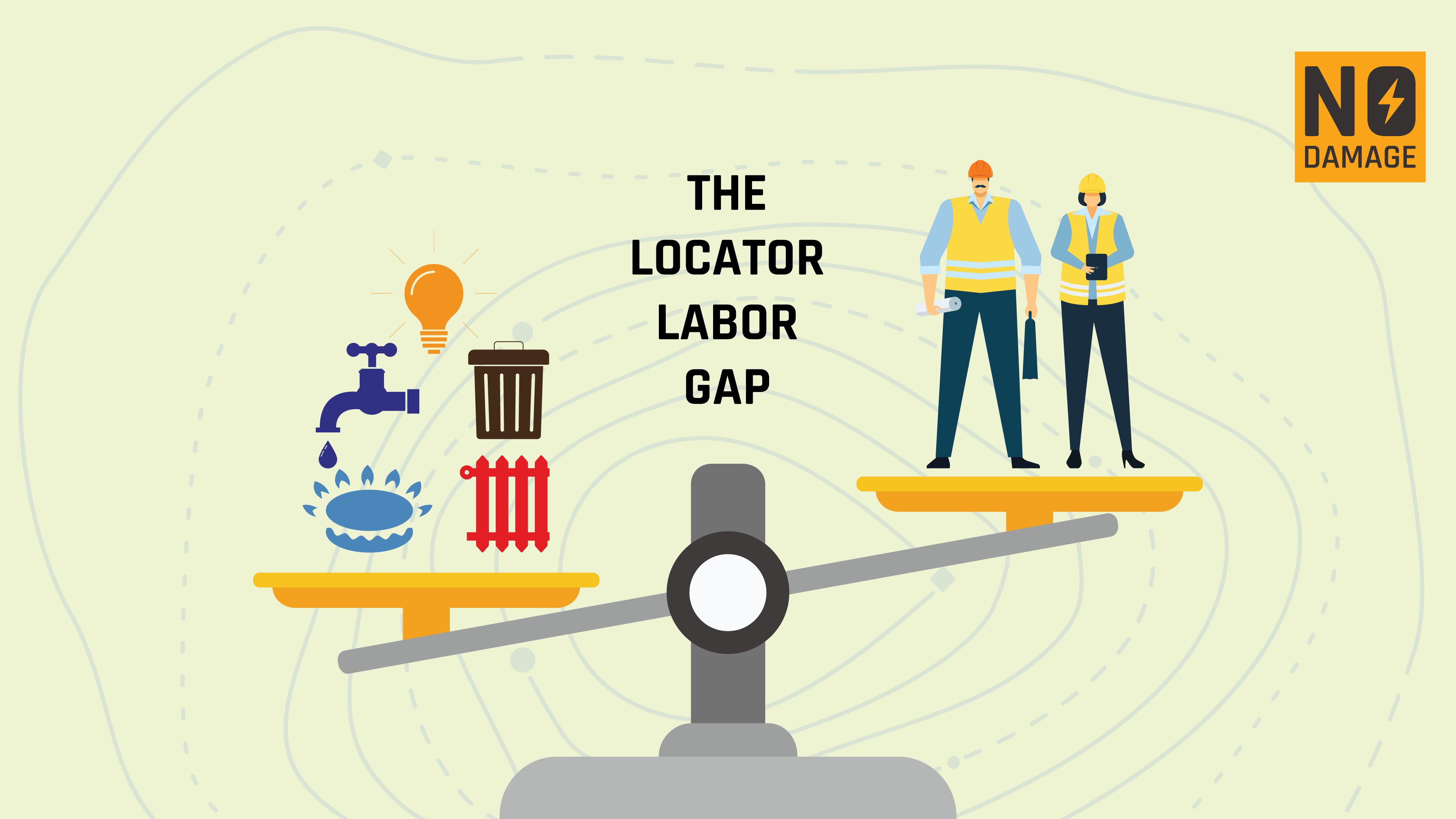
Effective and transparent communication is the backbone of safety in the utility industry. In an environment where small oversights can have catastrophic consequences, ensuring that all stakeholders - from utility companies and contractors to locators and excavators - are aligned is paramount. Too often, preventable accidents occur due to gaps in communication, leading to service disruptions, costly repairs, and even injury or death. That’s why fostering a culture of transparency and open dialogue is more than a procedural necessity - it’s a vital commitment to safety and efficiency.
The Foundation of Transparency
Transparency starts at the earliest stages of a project, well before any digging takes place. During the planning phase, essential information must be shared openly among stakeholders. Utility companies need to provide accurate, up-to-date maps of underground assets, while contractors and locators must ensure that the information is correctly interpreted and communicated to field teams. When these initial stages lack transparency, the entire project is compromised before it even begins.
For example, poorly communicated locate requests or incomplete utility maps can leave workers guessing about the position of underground assets. In these scenarios, there’s no room for ambiguity. Utility strikes aren’t just expensive—they can be deadly. According to the Common Ground Alliance (CGA), there were more than 532,000 utility damages in the U.S. in 2022 alone, resulting in substantial costs to businesses and risks to public safety. Many of these incidents could have been avoided through better communication and more transparent practices.
The Role of Technology in Enhancing Communication
One of the most significant advancements in improving transparency is the adoption of technology that facilitates real-time communication and information sharing. Traditionally, communication across large utility projects was cumbersome and prone to delays or errors. Workers relied on paper-based records, phone calls, and on-site meetings to relay information - a process that was slow and prone to miscommunication.
Today, digital platforms have transformed the way stakeholders communicate. Cloud-based software solutions, such as ticket management systems like Utilocate, allow project teams to access and update information in real time, regardless of their physical location. These platforms serve as a centralized hub where utility companies, locators, contractors, and even government agencies can share data, track project progress, and send alerts.
Automation plays a crucial role in reducing human error. For instance, SMS alerts, automated email notifications, and in-app reminders ensure that everyone is aware of key milestones, changes, or potential hazards. This helps prevent information from slipping through the cracks, particularly in complex projects involving multiple parties.
But technology doesn’t just improve efficiency; it enhances accountability. With digital systems, there is a clear record of every action taken - from when a locate request was submitted to who accessed specific information. This transparency ensures that stakeholders are held responsible for their roles in the project, which fosters a higher level of diligence and attention to detail.
Visual Documentation and Real-Time Updates
Visual documentation tools, such as sketch tools and photographic capture features, have become essential in ensuring transparency throughout the excavation process. When combined with GPS tagging, these tools provide a detailed visual map of utility locations, helping to eliminate uncertainty about what areas have been marked for excavation.
For example, imagine a project where a locator marks a site for excavation, but due to poor communication, the markings are unclear or the excavator is unaware of nearby underground assets. This scenario is a recipe for disaster. However, with modern sketch tools, the locator can draw the boundaries of the excavation site, highlight the positions of critical assets, and share this information instantly with the excavator, contractors, and utility companies. Everyone involved has access to the same data, reducing the risk of miscommunication and enhancing safety. The built in sketch tool in Utilocate allows you to draw on a map layer so that, that information can be stored for future projects.
In addition, these tools offer photographic and video documentation, allowing stakeholders to capture the condition of the site before, during, and after the work is completed. This documentation not only helps ensure compliance with regulations but also provides an indisputable record in case of any disputes or claims.
Building Trust Through Transparency
Beyond the technical benefits, transparent communication has an equally important psychological impact. It fosters trust among stakeholders, which is essential for smooth project execution. When stakeholders know that information is being shared openly and that they have access to the same data as everyone else, they are more likely to feel confident in the project’s safety and success.
Trust is particularly crucial in the utility industry because of the high stakes involved. A single mistake can cause widespread outages, financial losses, and even physical harm. In a study conducted by Dodge Data & Analytics, construction projects that emphasized better communication and collaboration saw significantly lower incident rates and higher satisfaction levels among stakeholders. The same principles apply in the utility sector: when trust is built through transparency, safety and efficiency follow.
Additionally, when all parties are fully informed, they can make better decisions. For instance, if a contractor is aware of potential hazards or delays due to utility conflicts, they can adjust their work plans accordingly, minimizing downtime and avoiding unexpected issues. This proactive approach leads to fewer last-minute surprises, less reactive problem-solving, and a more predictable, controlled work environment.
Reducing Liability and Enhancing Compliance
Transparency also plays a critical role in regulatory compliance and liability management. Utility projects are governed by strict laws and regulations that aim to protect both workers and the public. When communication is opaque or incomplete, it becomes difficult to ensure compliance, leading to potential fines, legal disputes, and reputational damage.
By adopting transparent practices, companies can more easily demonstrate that they are following all relevant laws and regulations. For example, if a utility company can show a clear record of locate requests, communication with contractors, and photographic evidence of the site, they are in a stronger position to defend against any claims of negligence or non-compliance.
Moreover, transparent communication helps mitigate liability by reducing the risk of accidents. When every party involved in a project is fully informed about the scope of work, potential hazards, and safety protocols, the likelihood of an incident occurring decreases significantly.
Conclusion: A Safety Imperative
In conclusion, open and transparent communication is not just a best practice in the utility industry - it’s an absolute safety imperative. The stakes are too high, and the risks too great, to allow for any gaps in communication. By embracing transparency, stakeholders can prevent damage, ensure safety, and build trust, all while meeting regulatory requirements and reducing liability.
The adoption of modern technology - such as digital sketch tools, automation, and real-time communication platforms - further reinforces this commitment to transparency. As these tools become more widely adopted, the industry will continue to see improvements in both safety outcomes and project efficiency. Ultimately, the key to preventing utility damage and ensuring safer excavation projects lies in fostering a culture of open, transparent communication across every level of the project, from planning to execution.
Share this Post


